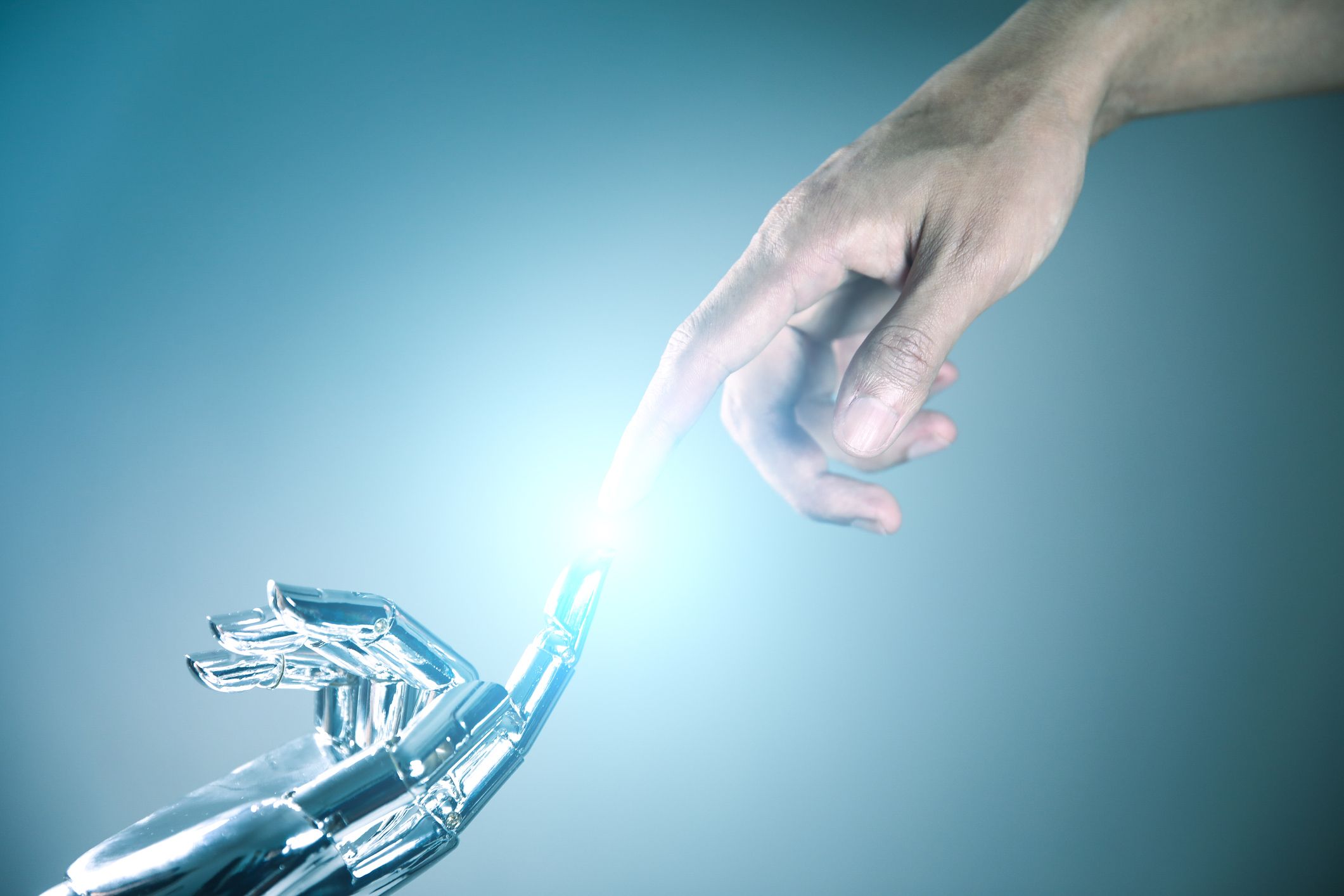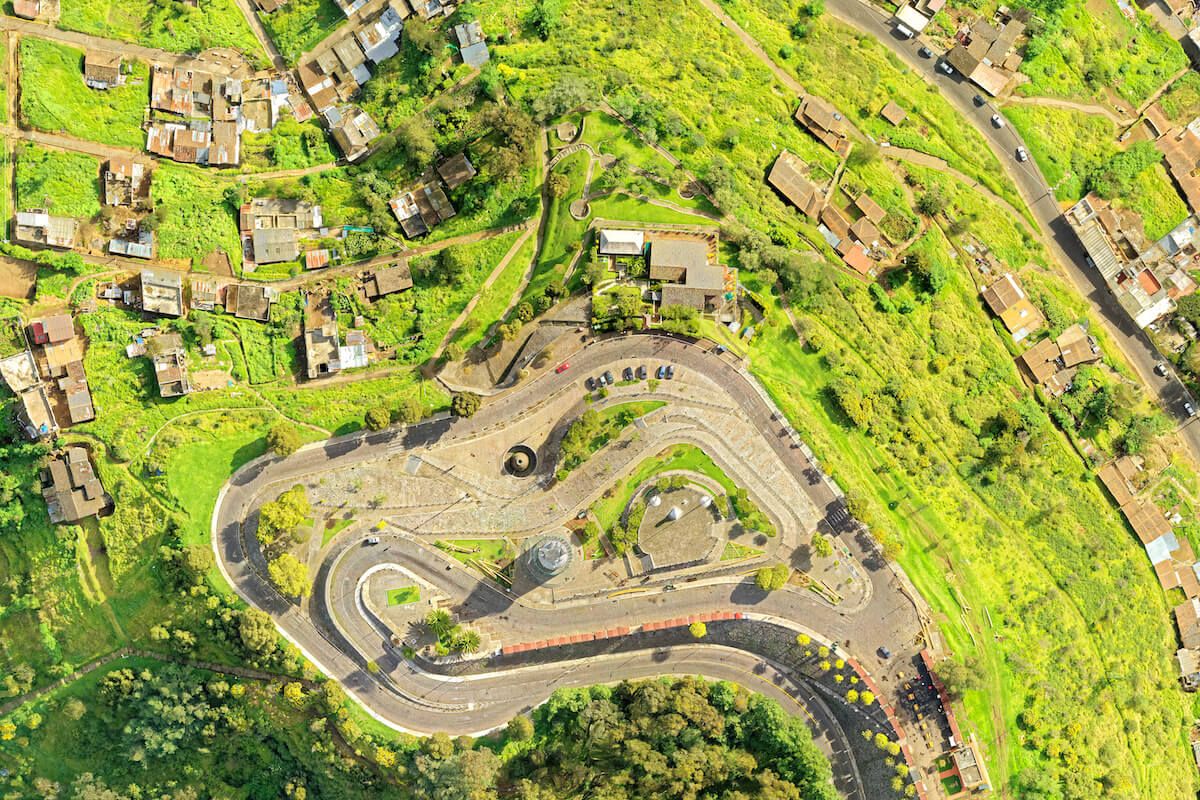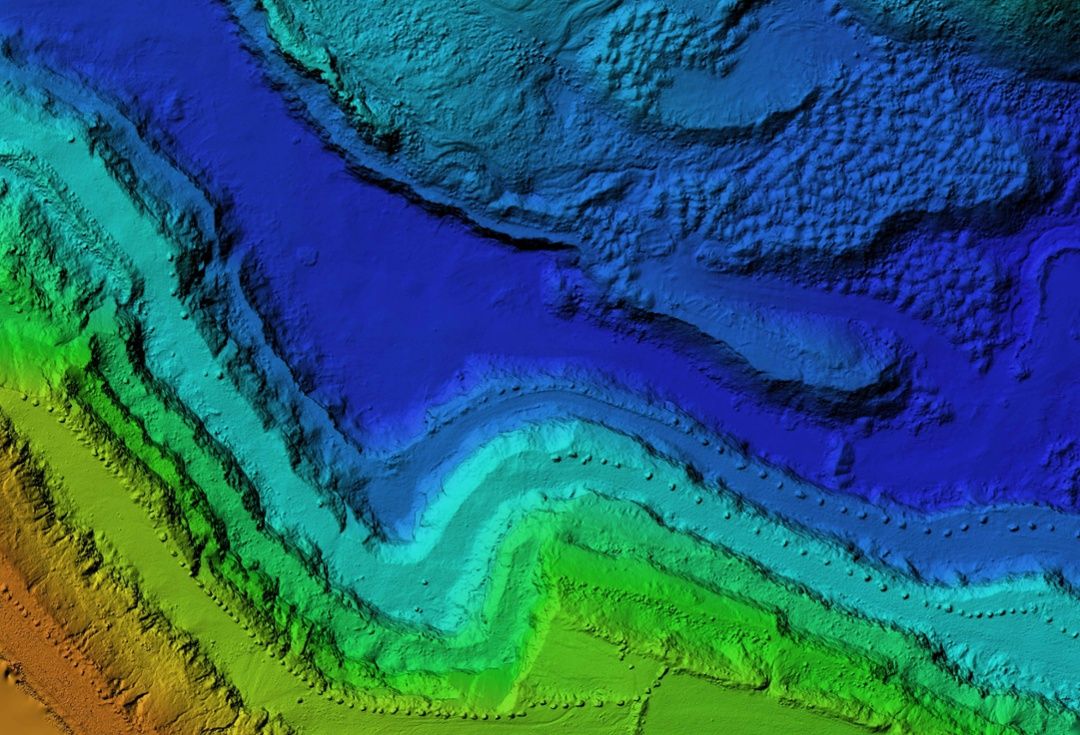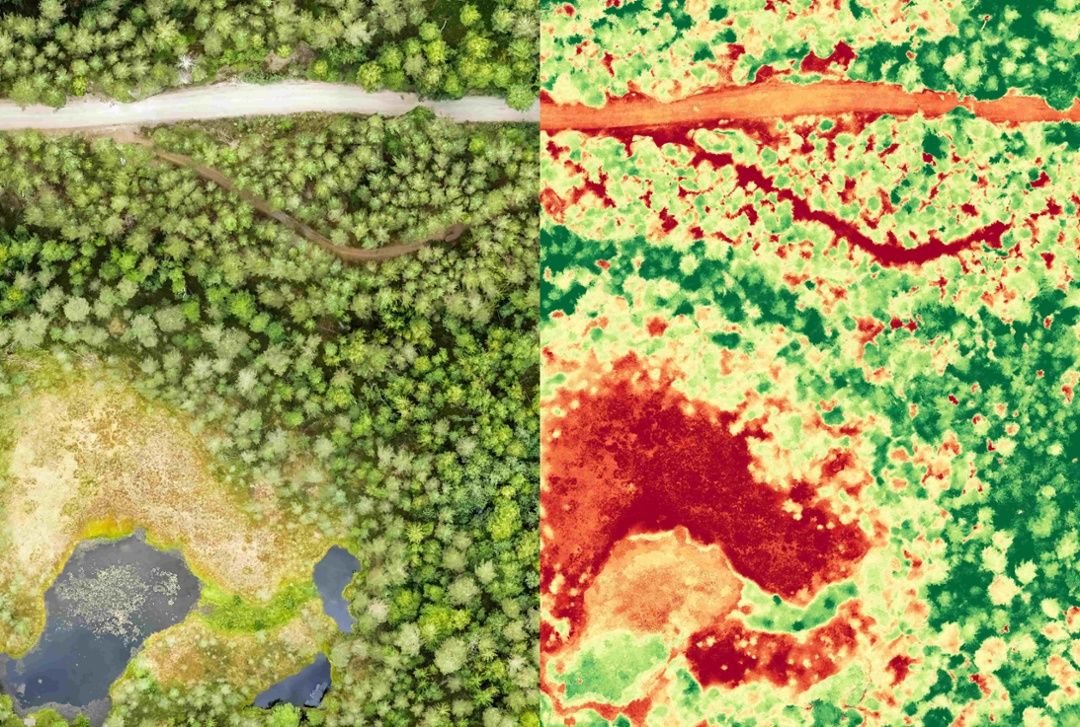Archives
- July 2023
- June 2023
- May 2023
- April 2023
- March 2023
- February 2023
- January 2023
- December 2022
- November 2022
- October 2022
- September 2022
- May 2022
- April 2022
- March 2022
- February 2022
- January 2022
- November 2021
- October 2021
- March 2021
- July 2020
- May 2020
- April 2020
- March 2020
- December 2019
- October 2019
- September 2019
- June 2019
- May 2019
- April 2019
- September 2018
- June 2018
The Aerial Perspective Blog
Send in the Drones: How Human-Machine Teaming is Changing Disaster Response

While we have been in an era of rapid technological development for quite some time, we have seen significant maturation of the specific field of artificial intelligence over the last five years. As our access to larger data sets, more advanced hardware, and sophisticated algorithms progress, so too do our robotics capabilities. Defense and disaster response are key areas that will be transformed by artificial intelligence, and those who are able to adopt relevant technologies early – and optimize their use of them – will have major advantages.
There are several specific ways in which remote and automated systems will change the nature of defense and disaster response. Initially, these systems will augment current capabilities by accelerating a shift from manned to unmanned strategies for areas such as data processing, cyber operations, and intelligence, surveillance, and reconnaissance (ISR).

Over time, these remote and automated systems will become advanced enough to work in parallel with legacy systems. Once this side-by-side activity occurs, it will be easier to increase coverage of battlespace as well as the volume of ISR data that can be collected. Likewise, it will easier to increase coverage of a disaster response area.
Eventually, remote and automated systems will supersede some of our current capabilities, making them obsolete. Completely surrendering the human component of specific tasks, however, will require development in artificial intelligence to the point where we can trust that our reliance on remote and automated systems leads to equal or superior outcomes across time and contexts.
There are several aspects of defense and disaster response that will be modified based on advances in artificial intelligence and robotics. Observation is one area that will be revolutionized. For instance, there will be an enhanced ability for sensors and machine learning systems to outperform humans in pattern detection, which will inform us in new and sophisticated ways about the nature of spaces.
However, it is incorrect to assume that battlefields or disaster response areas will be able to be entirely observed, and it is important to remember that information collected from artificial intelligence can be inaccurate or biased. Relying completely on information provided by remote and automated systems can be dangerous, and it is imperative to continually monitor and test the quality and accuracy of the data from these systems. It is also critical to ensure that actions taken with respect to that data are appropriate and maximize the relevant intelligence.
Orientation can also be improved through artificial intelligence and will depend, in part, on determining how to best use monitoring systems in such a way that people do not become cognitively fatigued. The monitoring systems should be utilized so that people can easily become mentally engaged in the case of a crisis on the battlefield or opportunity in a disaster response effort. Creating intuitive human-machine interfaces will be critical for ensuring that this is the case.

When humans are interacting with machines, their mental engagement is higher if they are actively searching for a defined object or thing of interest. Ensuring that the human-machine interface is conducive to this type of activity, and that engaging in this type of activity requires as little extra cognitive effort as possible, can help to optimize orientation capabilities.
Decision and action are important end points that can be informed by artificial intelligence. Speed has historically provided advantages in war, and human-machine teams that can use artificial intelligence to rapidly execute deliberate, calculated actions may overmatch their adversaries. When it comes to the battlefield, slower groups are more likely to be detected, to miss essential information about their opponents, and to lack the ability to properly orient to threats or opportunities.
In disaster response, they are more likely to have lower success rates in helping victims and protecting themselves. To enhance speed, human-machine teams must not only have good situational awareness, but must also be able to rapidly determine which remote and automated systems are most appropriate for the task that they need to execute and those which are least appropriate.
As the data that we gather through these systems becomes more vast, it will be a challenge to determine how humans can handle that data effectively and efficiently. Counterintuitive to some, the newest and most expensive algorithms will not necessarily confer the best advantages. Instead, those who have the most effective human-machine teams, with intuitive human-machine interfaces, will have the greatest impact advantage.
The size of our data sets poses challenges for humans and computer algorithms alike. Humans’ mental capacity is not readily equipped to deal with large data or to think deeply in a statistical manner. Uncertainty and ambiguity in data create serious challenges for computer algorithms. As human-machine teams are created, findings ways to exploit the specific and unique strengths of humans and of machines – and in a way that counterbalances the weakness of each – will be of utmost importance.
Determining the best ways to outperform our opponents and to respond effectively and efficiently to disasters will require a high degree of experimentation and learning, as the relationships between technology, strategy, and tactics are complex. On the battlefield, it will require us to not only consider our systems in a vacuum, but also to consider how our systems relate to those that may be used by our opponents. Through experimentation, we will work to mitigate our opponents’ abilities to gain the same advantages. At the same time, we will learn to increase our situational awareness and reduce both physical loads and cognitive loads.

As artificial intelligence becomes more embedded in our approaches to defense and disaster response, a central theme will be what – and to what extent – machines can take over. Humans can never be completely out of the loop because we will evolve our understanding of the best ways to apply machine learning to the battlefield and to disaster response scenarios and will continue to have new questions and need to be involved in the testing of those questions and in the evaluation of relevant technologies.
Nonetheless, given that there are certain types of tasks that computer algorithms can perform more accurately and more efficiently than humans, it’s reasonable to assume that those types of tasks will increasingly be taken over by machines. At the heart of many of these tasks will be data collection and processing. In war and in disaster response, the best human-machine teams will be those that best capitalize on both machine capabilities and human capabilities, and contextualize those to the most timely and relevant challenges.
Contact Mapware to help minimize or eliminate service interruptions or outages.

Join our mailing list to stay up to date on the latest releases, product features and industry trends.
Mapware needs the contact information you provide to us to contact you about our products and services. You may unsubscribe from these communications at any time. For information on how to unsubscribe, as well as our privacy practices and commitment to protecting your privacy, please review our Privacy Policy.


